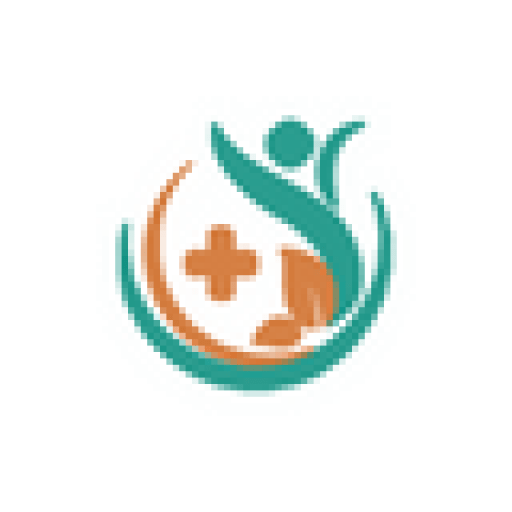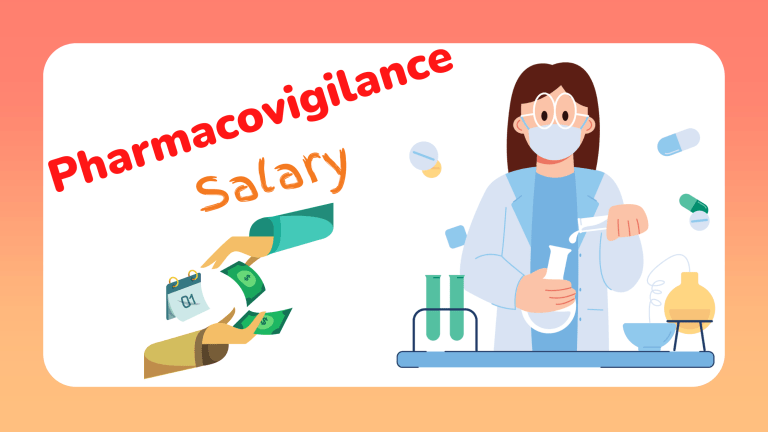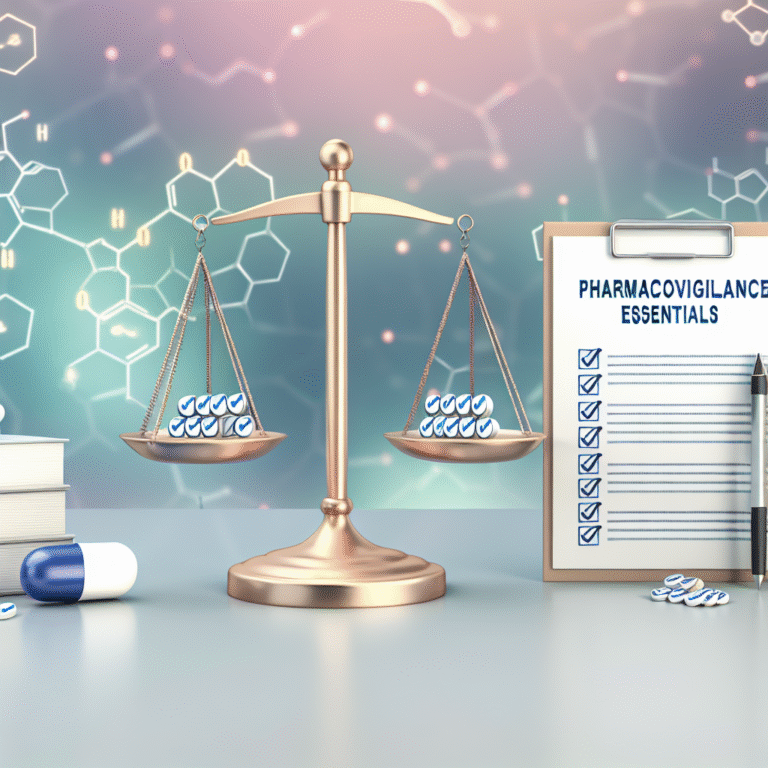The Importance of Pharmacovigilance in Protecting Patient Safety: A Comprehensive Guide
The Importance of Pharmacovigilance in Keeping Patients Safe: A Simple Guide
Introduction
Pharmacovigilance might sound like a complicated word, but it plays an important role in keeping people safe when they take medicine. So, what does pharmacovigilance mean? Basically, it’s all about watching out for bad reactions or problems with medicines. It’s a science that has become more important over time, moving from simple reports to complex systems that help ensure drug safety.
The idea of checking if medicines are safe isn’t new. It started in the 1960s after something called the thalidomide disaster. This event showed the need to always keep a close eye on medicine safety to protect patients and make sure they are safe.
Understanding Pharmacovigilance
What is Pharmacovigilance All About?
Pharmacovigilance is part of the healthcare world, focused on keeping people safe when they use medicines. It includes everything from predicting bad reactions to tracking medicine after it goes on sale. Everyone from doctors to companies and even patients play a part in this important process.
Main Goals of Pharmacovigilance
Pharmacovigilance is all about:
1. Keeping patients safe when they use medicines.
2. Making public health better.
3. Helping with rules and laws about drug safety.
4. Teaching people about medicine safety.
How Does Pharmacovigilance Work?
Steps in Pharmacovigilance:
1. Spotting Safety Signals: Finding signs that a medicine might cause harm.
2. Assessing Risks: Understanding what these signs mean.
3. Planning Risk Management: Figuring out how to handle these risks.
4. Sharing Information: Letting people know about the risks.
5. Checking Safety Measures: Seeing if the plans to manage risks are working.
Tools and Technologies
1. Reporting Systems: Places where doctors and patients can report issues.
2. Data Analysis: Using tools to find patterns in data.
3. Health Records and Databases: Sources of information for safety studies.
4. AI and Machine Learning: Advanced tools to predict problems and monitor drugs.
Who Is Involved in Pharmacovigilance?
Regulatory Authorities
Groups like the FDA and EMA make sure medicine safety rules are followed. They are always working to make drugs safer for everyone.
Healthcare Professionals
Doctors, pharmacists, and nurses often see drug reactions first. Their training helps them spot and report these issues quickly.
Pharmaceutical Companies
These companies have to watch and report medicine safety data. They make plans to keep their products safe and check them even after they start selling them.
Patients and Consumers
Patients also play a key role. They should report any bad reactions and learn about the risks and benefits of medications.
Challenges in Pharmacovigilance
Even though it’s important, pharmacovigilance faces challenges like:
1. Not enough reports of bad reactions.
2. Difficulties in sharing and using data.
3. Balancing drug access with safety.
4. Making harmonized global practices.
5. Managing incorrect information about drugs.
Advancements and Innovations
Despite challenges, new technologies are helping pharmacovigilance improve:
1. Using big data and real-world evidence.
2. Using predictive analytics to catch problems early.
3. Using phone apps for patient reports.
4. Using blockchain for safe data sharing.
5. Working together globally to improve systems.
Real-World Examples
Looking at past examples helps us learn. Successful cases show what works, and failures show what needs fixing.
Future of Pharmacovigilance
The future looks bright for pharmacovigilance with trends like:
1. Personalized medicine and genomics.
2. Focus on patient-centered approaches.
3. Better global safety systems for drugs.
Conclusion
Pharmacovigilance is essential in healthcare. It keeps evolving with new technologies and global changes. Its role in keeping medicine safe and protecting people is crucial. At Pharmacovigilance Foundations, we are dedicated to helping healthcare professionals with the tools and knowledge needed for safe medicine practices through education, collaboration, and innovation, ensuring a safer future for patients.






